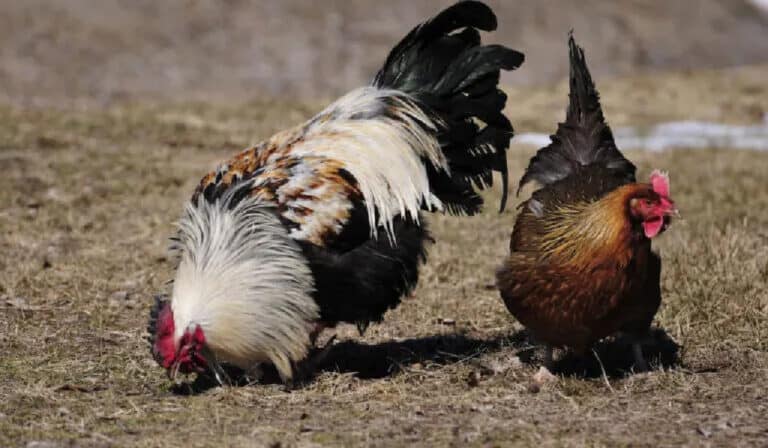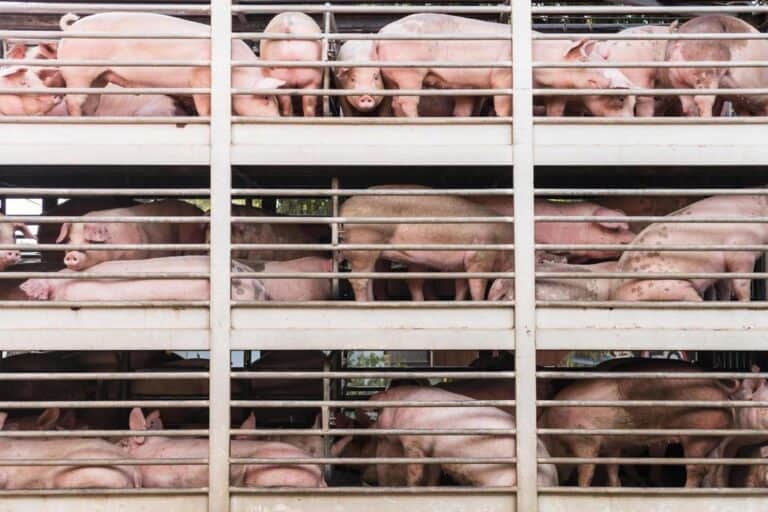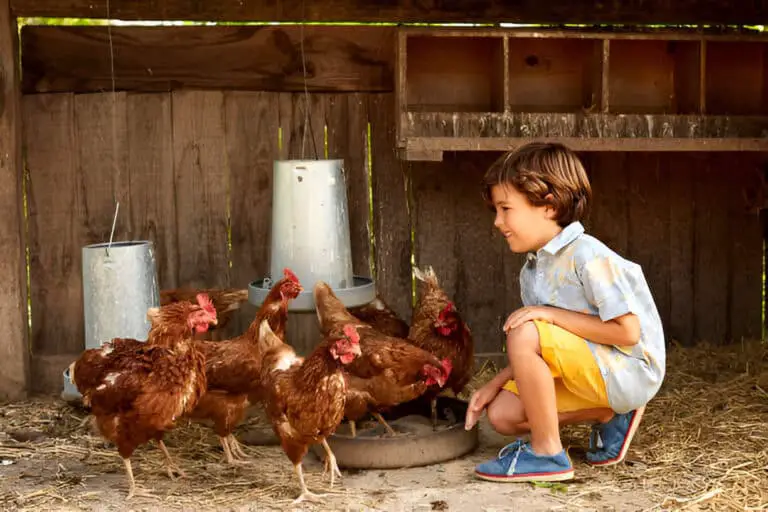Is Feral Hog Meat Good to Eat? Everything You Need to Know
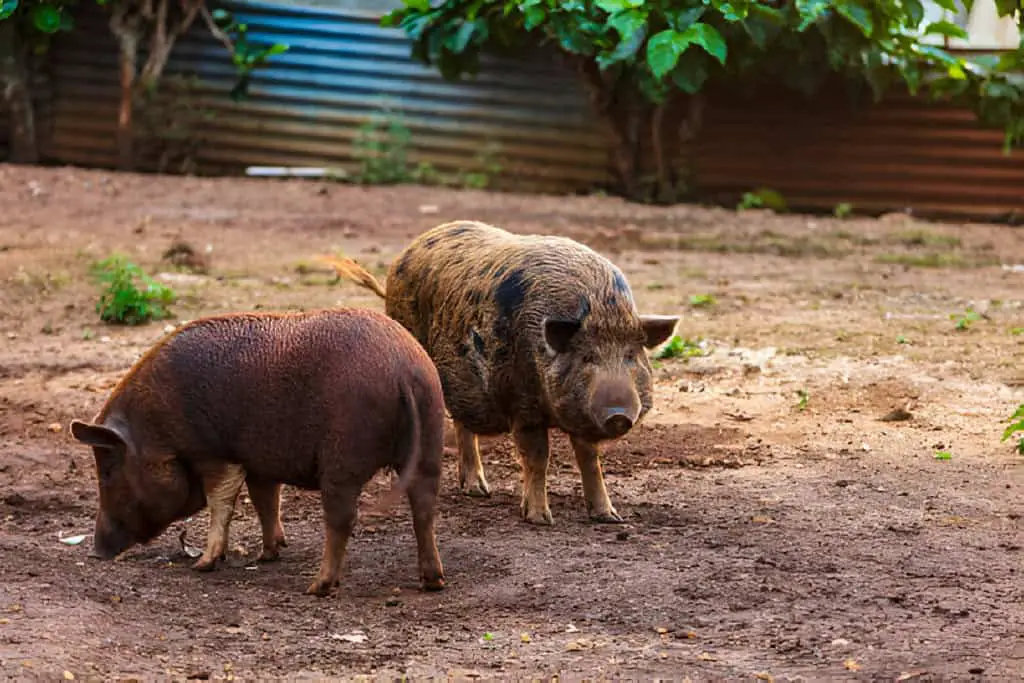
Feral hogs, also known as wild pigs or boars, have been roaming across various parts of the world for centuries. Their populations continue to rise. So, hunters and food fans are more interested in feral hog meat.
But is feral hog meat good to eat? This question has sparked curiosity and debate. In this article, we will look at the nutrition, taste, cooking, and safety of feral hog meat. This will help you make an informed decision.
Whether you’re a curious food enthusiast or a seasoned hunter, understanding the ins and outs of feral hog meat consumption can be crucial. This article dives deep into the factors that affect the taste, safety, and nutritional value of feral hog meat.
Is Feral Hog Meat Good to Eat?
Yes, wild hog meat can be safe to eat if properly prepared and cooked. Eating wild game has risks, such as diseases like brucellosis and trichinosis. But, you can reduce these risks by taking proper steps when field dressing, butchering, and cooking.
Wild hog meat, when handled correctly, can be a delicious and nutritious addition to your diet. It’s often leaner than domesticated pork, offering a rich flavor that many people find appealing.
Nutritional Value of Feral Hog Meat
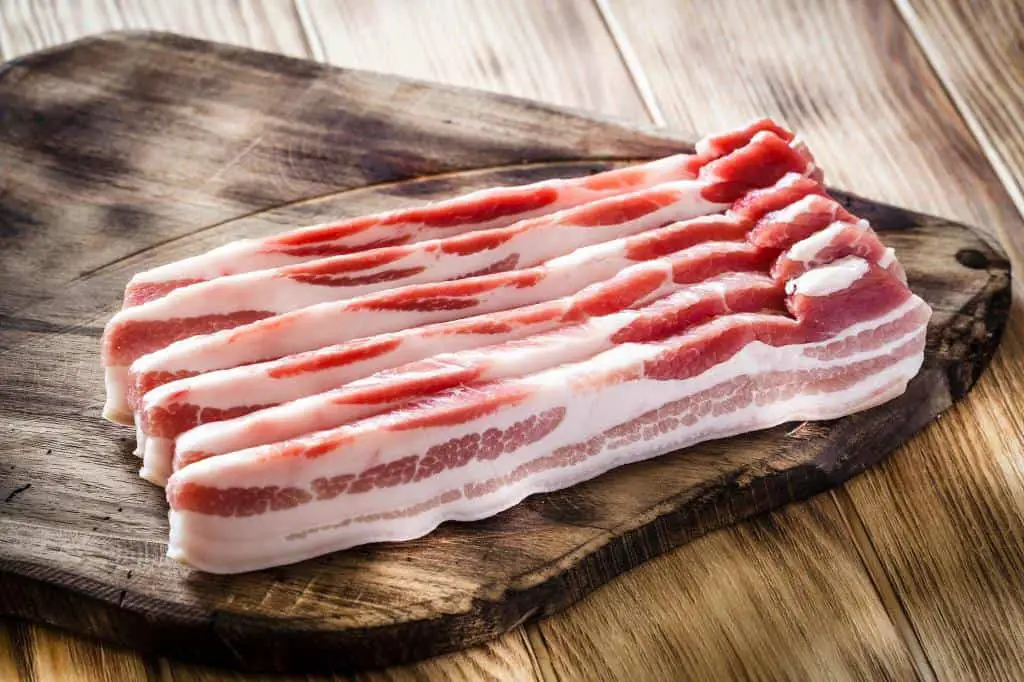
Feral hog meat, much like its domesticated counterpart, is packed with nutrients. Wild hogs forage on a natural diet, which includes nuts, fruits, roots, and small animals. This varied diet contributes to leaner and more nutritious meat.
Feral hog meat is rich in protein, essential amino acids, vitamins, and minerals such as iron and zinc. Here’s a quick comparison table. It highlights the nutritional differences between feral hog meat and farm-raised pork:
| Nutrient | Feral Hog Meat | Farm-Raised Pork |
| Protein | High | High |
| Fat | Low | Moderate |
| Iron | High | Moderate |
| Omega-3 Fatty Acids | Moderate | Low |
| Calories | Lower | Higher |
Taste and Texture: What to Expect
One of the most compelling reasons to consider feral hog meat is its unique flavor profile. Wild hog meat tends to have a richer, more robust taste compared to domesticated pork or any pig breeds taste. The meat is often described as slightly gamey, with a denser texture.
The age and diet of the hog can significantly influence its flavor and tenderness. Younger hogs are called piglets or shoats. They offer more tender and milder-tasting meat. Older boars may have a stronger, more intense flavor.
| Also read: Wild Boar Bacon vs. Pig Bacon Differences |
Cooking Methods: Bringing Out the Best in Feral Hog Meat
Cooking feral hog meat requires some know-how to ensure it is both delicious and safe to eat. Here are some popular methods and tips for preparing this wild delicacy:
Grilling and Smoking
Grilling and smoking are excellent ways to prepare feral hog meat, enhancing its natural flavors. Slow-cooking the meat over low heat helps to tenderize tougher cuts. Marinating the meat beforehand can add moisture and flavor, making it more palatable.
Braising and Stewing
For older hogs with tougher meat, braising and stewing are ideal cooking methods. Slow-cooking the meat in a flavorful liquid for several hours can break down the muscle fibers, resulting in a tender and succulent dish. Adding vegetables, herbs, and spices can further elevate the dish.
Ground Meat and Sausages
Feral hog meat can also be ground and used to make sausages, burgers, or meatballs. Mixing the ground meat with pork fat can improve the texture and juiciness. Seasoning with garlic, pepper, and other spices can complement the meat’s natural flavors.
| Read: Duroc or Berkshire Pork: Which Is Better Meat Quality? |
Safety Considerations: What You Need to Know
While feral hog meat can be a tasty and nutritious addition to your diet, it’s crucial to handle and cook it properly to avoid health risks. Wild hogs can carry diseases and parasites, like trichinosis. They can pass them on to humans through undercooked meat. Here are some safety tips to keep in mind:
- Proper Handling: Wear gloves when processing the meat to prevent contact with any potential pathogens. Use clean, sharp knives. Clean and sanitize all equipment and surfaces thoroughly.
- Cooking Temperature: Ensure that the meat is cooked to an internal temperature of at least 160°F (71°C) to kill any harmful bacteria or parasites.
- Inspection: If at all possible, have a professional inspect the meat to make sure it is fit for consumption. Avoid direct contact with animal fluids or organs. Wash hands thoroughly after handling the carcass.
Environmental and Ethical Considerations
Hunting and consuming feral hogs can also have environmental and ethical benefits. People consider feral hogs an invasive species in many regions. They cause much damage to crops, natural habitats, and native wildlife. By hunting and eating feral hogs, you can help control their population and reduce their impact on the environment.
Also, meat from wild hogs can be more sustainable. This is compared to industrial pork production. The latter often involves intensive farming and environmental harm.
Recipes to Try with Feral Hog Meat
Here are a couple of recipes to help you get started with cooking feral hog meat:
Wild Hog Barbecue Ribs
Ingredients:
- 2 racks of feral hog ribs
- 1 cup of barbecue sauce
- 1/2 cup of apple cider vinegar
- 2 tablespoons of brown sugar
- 1 tablespoon of smoked paprika
- 1 teaspoon of garlic powder
- Salt and pepper to taste
Instructions:
- Preheat your grill to medium heat.
- Season the ribs with smoked paprika, garlic powder, salt, and pepper.
- Mix the barbecue sauce, apple cider vinegar, and brown sugar in a bowl.
- Grill the ribs for about 45 minutes to an hour, basting with the sauce mixture every 15 minutes.
- Ensure the ribs are cooked to an internal temperature of 160°F (71°C).
- Let the ribs rest for 10 minutes before serving.
Braised Wild Hog Shoulder
Ingredients:
- 1 wild hog shoulder, bone-in
- 2 onions, chopped
- 4 cloves of garlic, minced
- 2 carrots, chopped
- 2 celery stalks, chopped
- 2 cups of beef broth
- 1 cup of red wine
- 2 tablespoons of olive oil
- Salt and pepper to taste
- Fresh rosemary and thyme sprigs
Instructions:
- Preheat your oven to 300°F (150°C).
- Season the hog shoulder with salt and pepper.
- Heat olive oil in a large Dutch oven over medium-high heat. Brown the shoulder on all sides.
- Remove the shoulder and set aside. Add onions, garlic, carrots, and celery to the pot. Sauté until softened.
- Deglaze the pot with red wine, scraping up any browned bits. Add beef broth and fresh herbs.
- Return the shoulder to the pot, cover, and transfer to the oven.
- Braise for 3–4 hours, or until the meat is tender and falls off the bone.
- Serve with your favorite sides.
Conclusion
In conclusion, feral hog meat is not only good to eat but also offers a unique and flavorful alternative to traditional pork. It has nutritional benefits. It has a distinct taste. It is versatile in the kitchen. It is worth adding to your cooking. However, proper handling and cooking are essential to ensure safety. By choosing to hunt and eat feral hog meat, you can also help the environment.
You can also support ethical food sourcing. So, next time you encounter this wild game, consider giving it a try and discover the rich flavors and benefits it has to offer.


